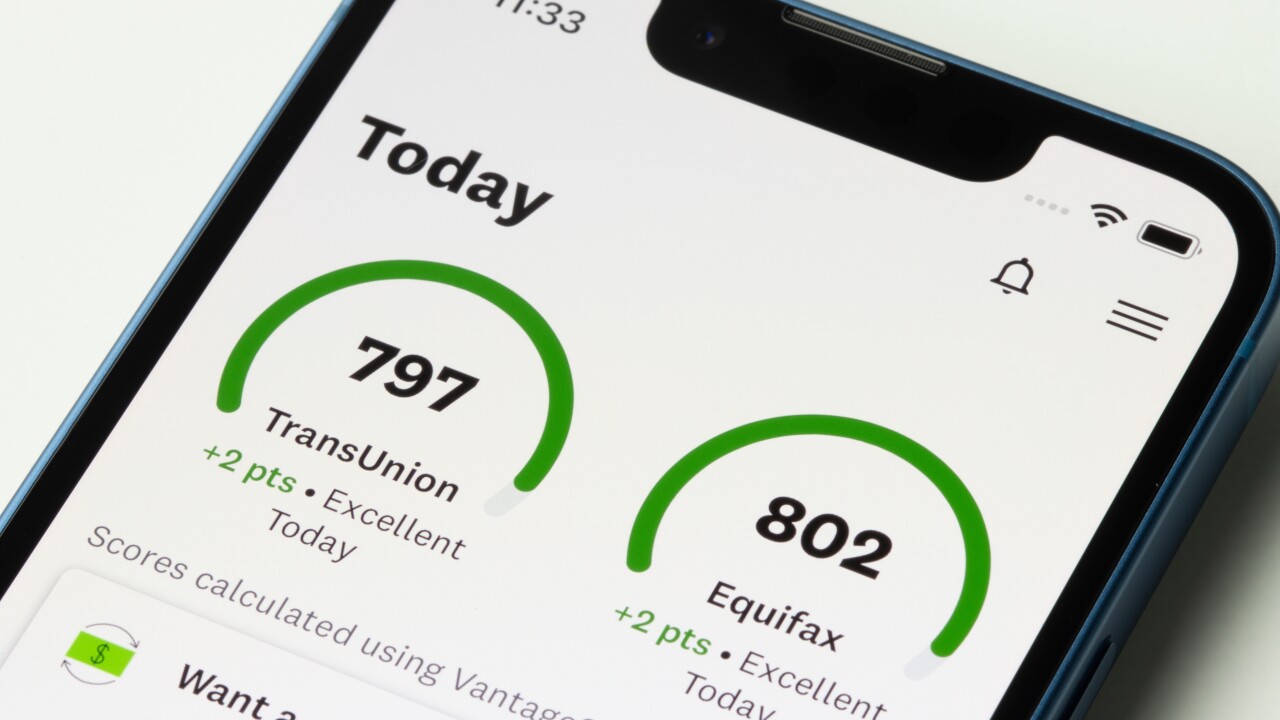After two straight weeks of declines, mortgage rates headed up again, influenced by economic reports showing elevated consumer activity in October.
The 30-year fixed-rate mortgage average jumped 12 basis points, coming in at 3.1%. for the weekly period ending Nov. 18, according to the Freddie Mac Primary Mortgage Market Survey.

“The combination of rising inflation and consumer spending is driving mortgage rates higher,” said Sam Khater, Freddie Mac’s chief economist, in a press statement. Last week, government data showed inflation
Current economic trends, combined with a
“If the market dynamics continue — stable COVID cases, inflation and supply chain issues gradually softening -— we should see mortgage rates increase gradually over the course of 2022,” he said in an emailed statement to National Mortgage News.
The pace of the U.S. economic recovery from COVID led the Federal Reserve to announce that it would begin
Investors and the mortgage industry seem to be taking the lead from the central bank, which has approached the economic recovery in a more even-keeled manner compared to
“The Fed is driving the bus,” said Dale Baker, president of home lending at KeyBank, who added that the central bank’s decisions were guided by inflation and unemployment figures. “Mortgage is just along for the ride.”
“There are some perspectives out there that with inflation running as hot as it is right now that the Fed should taper more quickly, and the Fed should actually lean in and consider raising rates sooner,” Baker said. “If the Fed were to do that, that's going to have a negative impact on mortgage rates. They're going to go up faster.”
Despite the ongoing upward movement in rates and home prices, shoppers currently appear undeterred, continuing to
In tandem with the rise in the 30-year rate, the 15-year fixed-rate mortgage average also increased by 12 basis points, coming in at 2.39% compared to 2.27% one week earlier. In the same period a year ago, the 15-year rate stood at 2.28%.
The 5-year Treasury-indexed adjustable-rate mortgage, meanwhile, dropped for the third week in a row, averaging 2.49%. Seven days earlier, the rate was at 2.53%, and in the same weekly period in 2020, the 5/1 ARM average equaled 2.85%.
With headwinds facing borrowers, Baker said those ready to act may benefit from moving sooner instead of later.
“If there are clients that are considering doing a refinance or buying a home and they're in a position to lock in interest rates now, they probably should do it because chances are, a couple months from now, rates are going to be higher than they are today,” he said.





